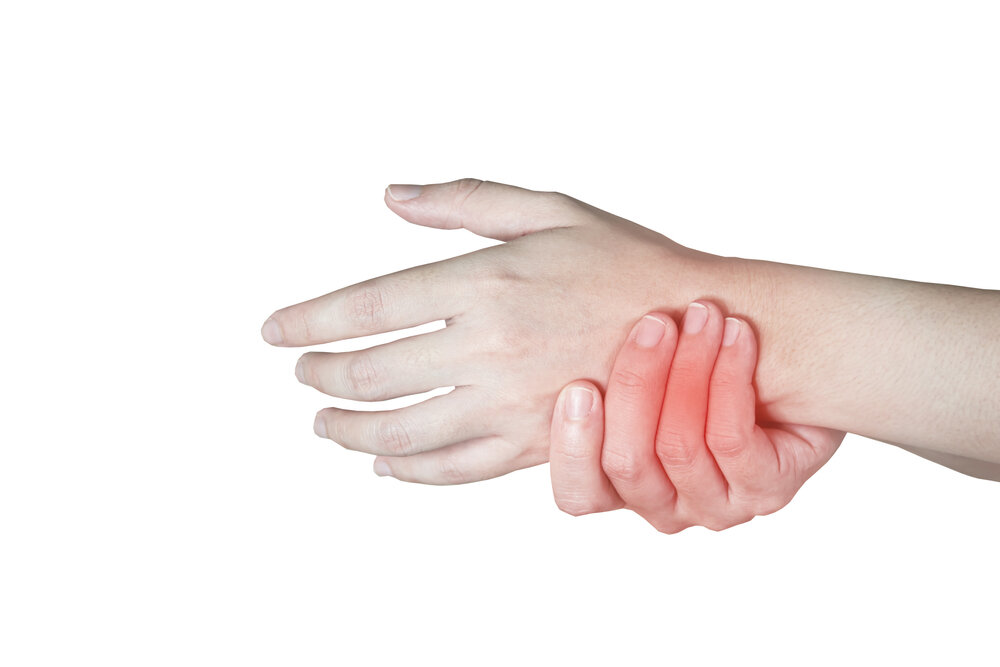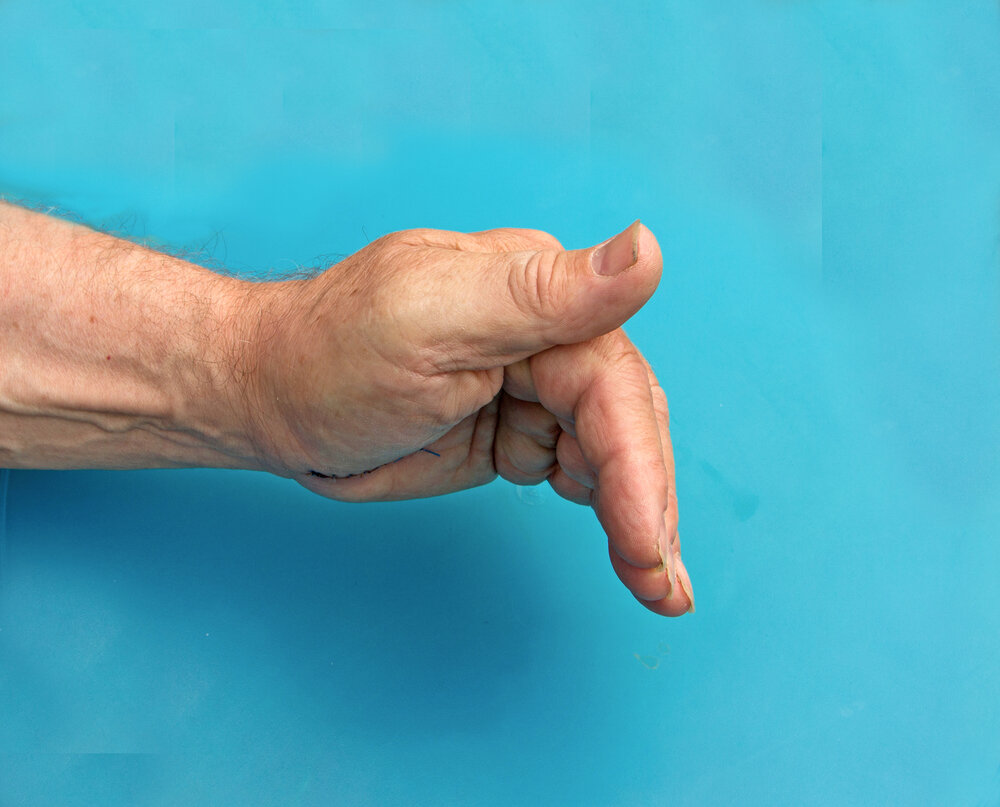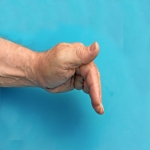The carpal tunnel syndrome (CTS) occurs by pressing or squeezing of the median nerve crossing the forearm into the hand palm. The carpal tunnel — a short, rigid ligament-bone passage at the hand base — territory of the median nerve along with the tendons folding over the fingers. The median nerve helps to feel the palm side and index, part of the ring fingers or in the middle of the finger. It also regulates muscles that are small at the base of the thumb.
Thickening from the lining or other swelling of the irritated tendons may often narrow the tunnel and force the median nerve down. Tumbling, weakness, or pain in your wrist and hand can result. CTS is the utmost common and most widely known trapping neuropathy, which presses or squeezes one of the body's peripheral nerves. Before choosing the carpal tunnel treatment options, read more to get relevant insight.

How are the carpal tunnel syndrome characteristics?
Symptoms typically begin gradually, and the thumb and index and middle fingers often get tingling or numbness. Some people with CTS complain their fingers are useless and swollen, although there is little to no swelling. At night, the symptoms also first arise in one or both the hands. Typically the dominant hand is first affected and the symptoms are severe. A man with CTS may wake up and feel the need for the hand or wrist to be "stretched."
With worsening symptoms people can experience tingling during the day, especially during certain activities like telephone voice, reading a book, reading a newspaper or driving. A manual deficiency can make grabbing small items difficult or carry out more manual tasks. The muscles consisting in the thumb area will waste away in chronic and/or untreated cases. Some people with extremely severe CTS are unable to tell if it is hot or cold by the touch. You have to call for a carpal tunnel surgeon near you.
How does carpal tunnel syndrome occur?
The syndrome of the carpal tunnel typically arises from a combination of causes, rather than from nerve-related issues, which increase pressure on the median nerve and tendons in carpal tunnel. Factors include: trauma or wrist damage caused by swelling, like sprain and fracture; overactive pituitary gland; thyroid gland underactive; and rheumatoid arthritis. Factors include: The mechanical issues of the wrist joint, frequent use of vibrating hand instruments, fluid retention during pregnancies or menopause, or developing a cyst or canal tumor may also have contributors to compression. Other factors there can also be no single trigger.

Who is at risk for carpal tunnel syndrome development?
Women appear to develop carpal tunnel syndrome three times more frequently than men. People with diabetes or other metabolic disorders that specifically affect and make the body more compressive often are at high risk. CTS occurs in adults generally.Carpal tunnel treatment options should be explored to control it beforehand.
Factors in the workplace may lead to current pressure on or a median nerve injury. The risks of CTS production are not limited to individual employees in a single industry or jobs, but more recorded among data entry staff in performing assembly line work — including manufacturing, sewing, finishing, cleaning and meat packing.
If you want to get in touch with a carpal tunnel surgeon near you, visit Neuroscience Specialists in OKC. We will help you to get flawless treatment and live a hassle-free life.
**Disclaimer- Information presented here is not intended to be qualified medical advice. Nothing expressed herein creates a doctor-patient relationship.

